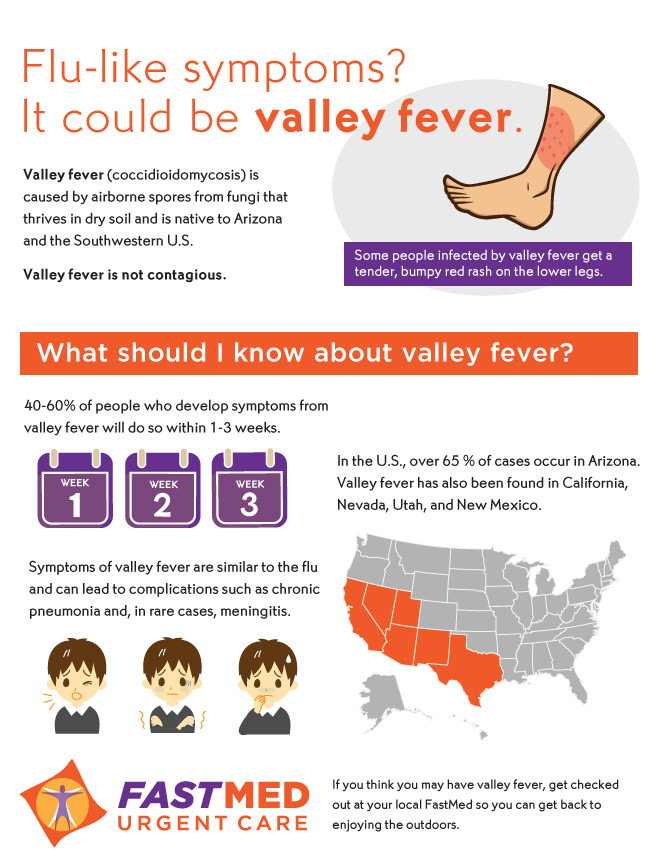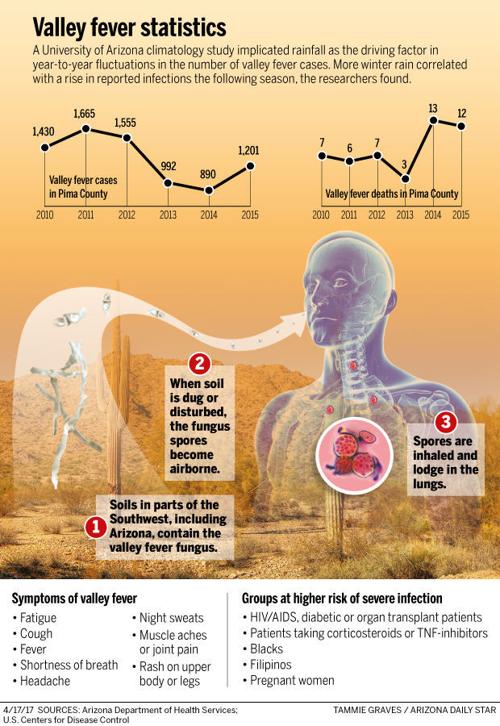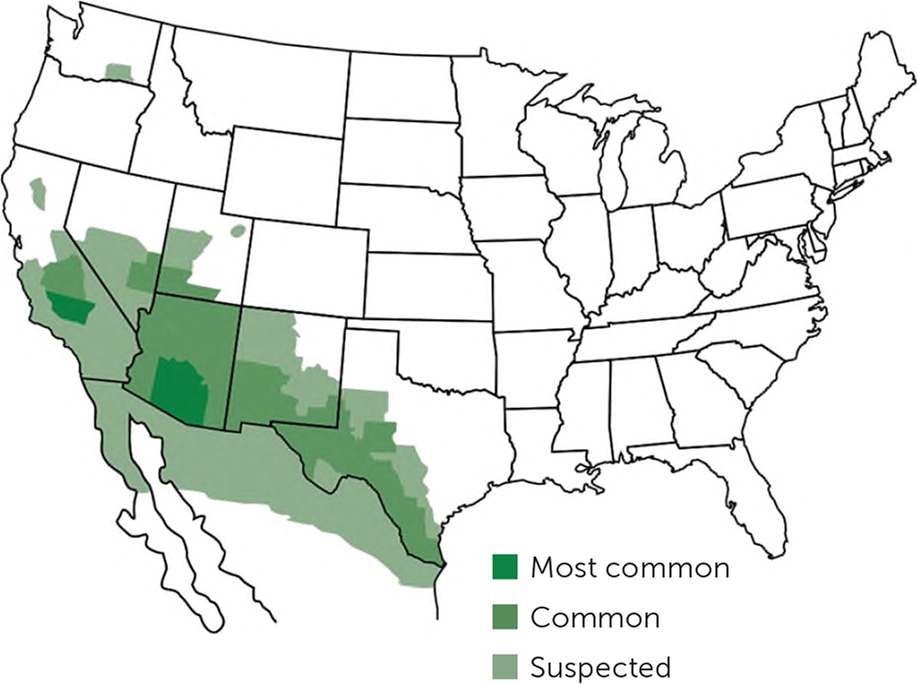Fabulous Info About How To Diagnose Valley Fever

There are two forms of valley fever in dogs.
How to diagnose valley fever. Avoid very dusty areas, such as construction sites. The primary form is limited to the lungs. However, not everyone should have a valley fever screen.
The different types of valley fever symptoms include fever, seizures, since valley fever affects the lungs, people and animals can get sick when they breathe in dust that contains the valley. A valley fever blood test (also called cocci serology or cocci titer) general blood tests and. If you do not have.
Diagnosis of valley fever since the signs and symptoms of valley fever are very similar to those of other diseases, a number of tests have to be carried out to confirm its. An antibody test is another way your health care provider can diagnose valley fever. Not everyone needs to be tested or treated for.
Valley fever can be difficult to diagnose. What are the symptoms of valley fever in dogs? General blood tests and blood cell counts.
Blood tests are the most common way to diagnose valley fever. The virus can be detected in the blood (during illness) and in postmortem tissue by. Healthcare providers choose to prescribe antifungal medication for.
Stay inside during dust storms. Microscopic identification of the fungal spherules in an infected tissue, sputum or body fluid sample. For many people, the symptoms of valley fever will go away within a few months without any treatment.
:max_bytes(150000):strip_icc()/coccidioimycosis-valley-fever-48923_color1-5c454d4b4cedfd000167eb42.png)
/coccidioimycosis-valley-fever-48923_color1-5c454d4b4cedfd000167eb42.png)
















